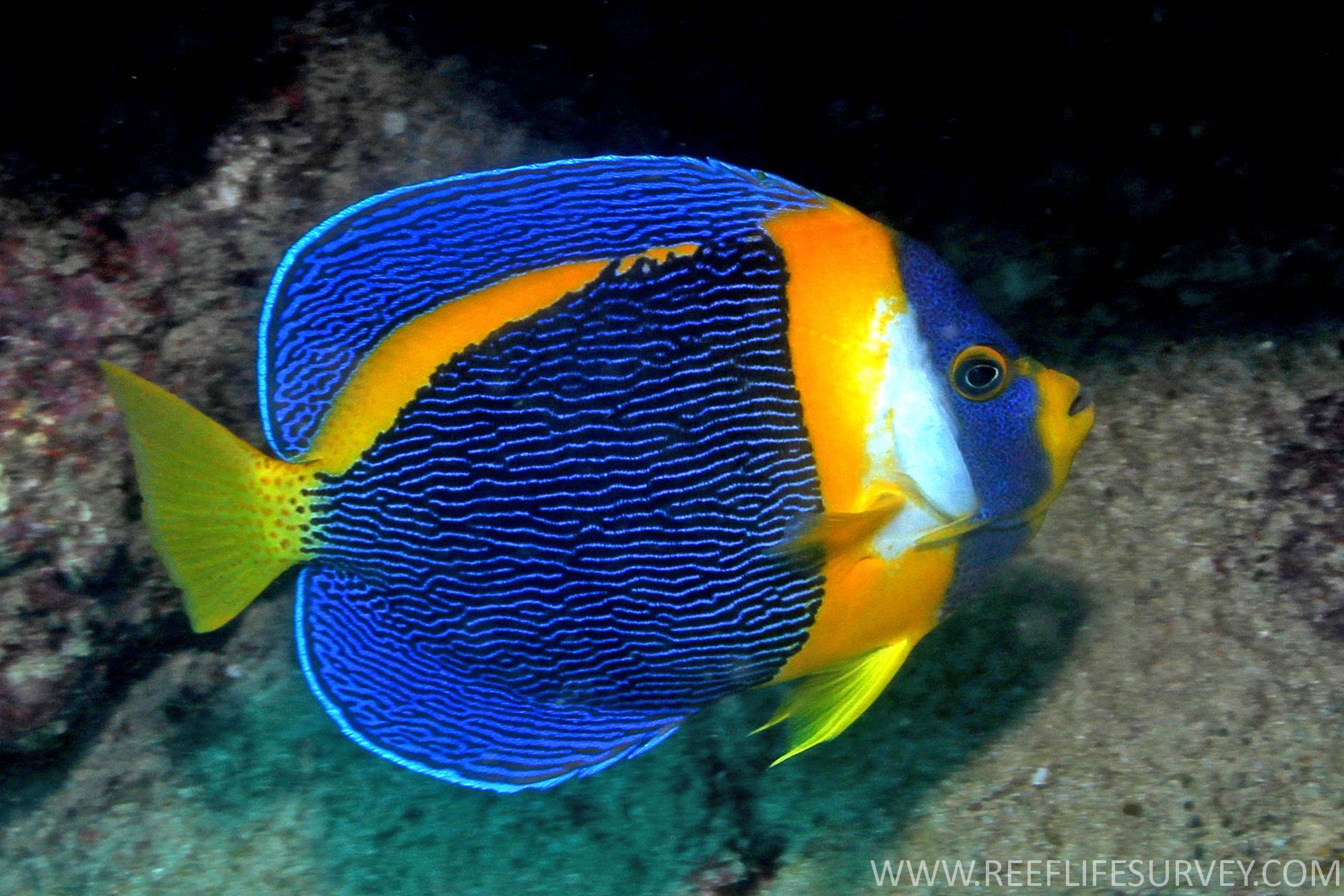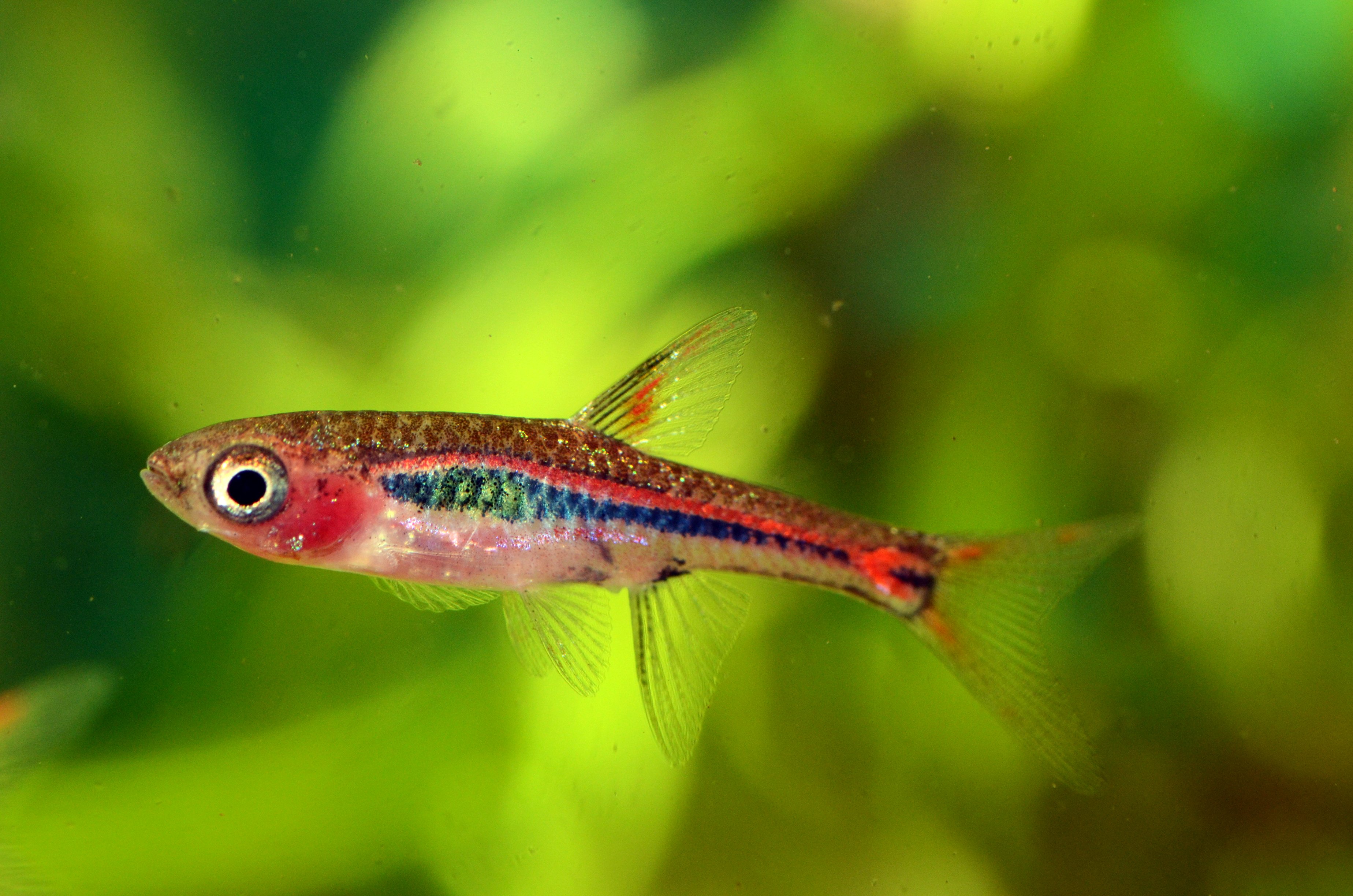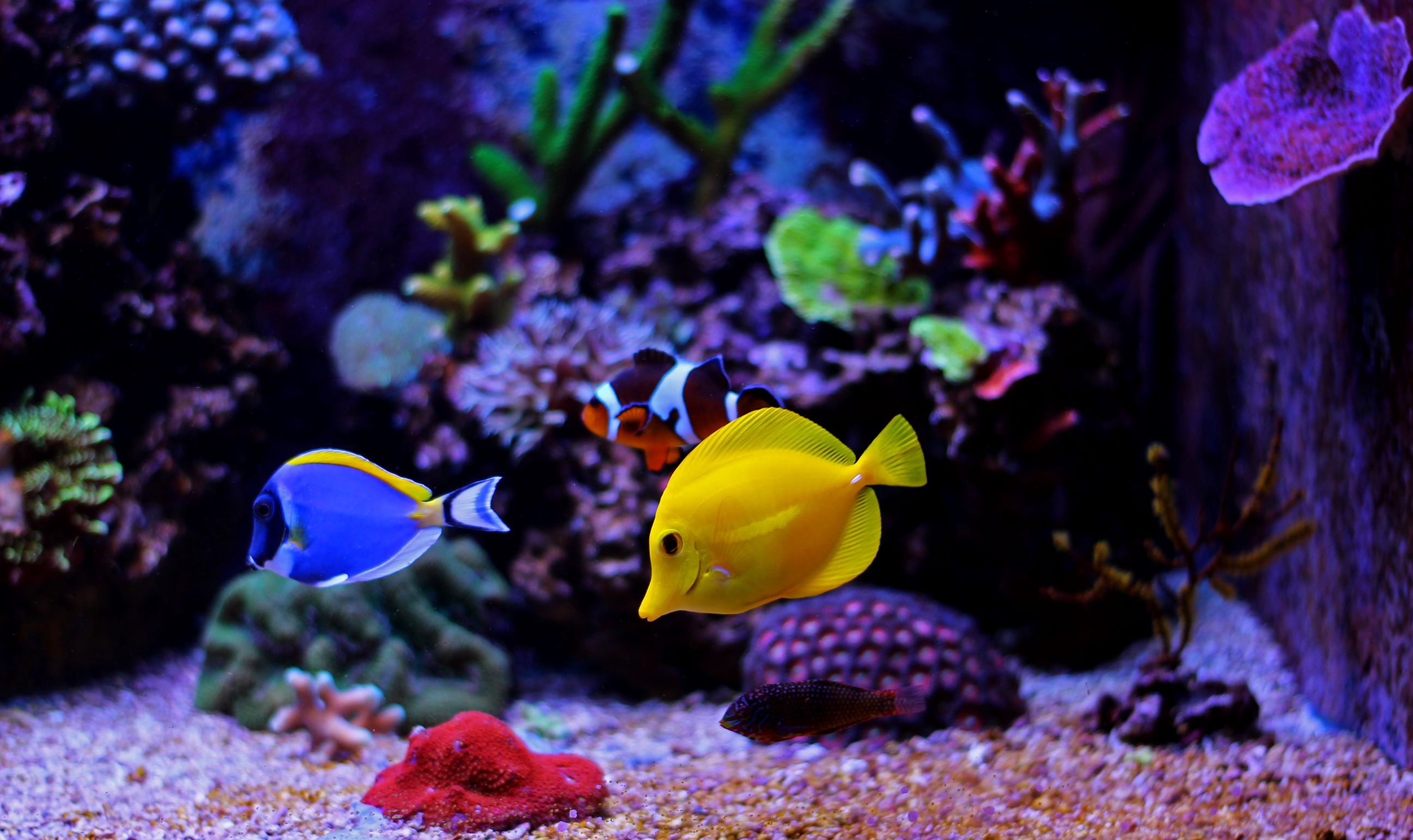All Categories
Featured
Table of Contents
- – A Captivating Underwater World: Tropical Fish ...
- – Creating the Perfect Environment
- – Bringing Nature Into Your Tank
- – Ensuring Proper Filtration
- – Regular Maintenance for a Thriving Tank
- – A Rewarding and Tranquil Hobby
- – Resources:
- – What factors should I consider when setting u...
- – What type of filtration system should I use f...
- – Creating the Ideal Environment
- – Choosing the Right Tank Size
- – Tank Decor
- – Filtration Systems
- – Tropical Fish Tank Maintenance
- – Conclusion
- – How do I create the ideal environment for tro...
- – What size tank should I choose for tropical f...
- – What type of filtration system is best for a ...
- – The Beauty and Benefits of Tropical Fish Tanks
- – The Ideal Fish Tank Environment
- – Captivating Tank Decorations
- – The Importance of Filtration Systems
- – Regular Maintenance for a Healthy Tank
- – The Rewarding Hobby of Aquarium Enthusiasts
- – Advantages of Tropical Fish Tanks:
- – Frequently Asked Questions
- – Can I keep different species of tropical fish...
- – How often should I clean my tropical fish tank?
- – Can I use tap water for my tropical fish tank?
- – Tropical Fish Tanks: Creating a Serene Aquat...
A Captivating Underwater World: Tropical Fish Tanks
Tropical fish tanks are a popular choice for aquarium enthusiasts due to their vibrant and diverse range of species. These tanks recreate the natural habitat of tropical fish and provide a visually stunning addition to any space. Whether you're a beginner or an experienced hobbyist, setting up a tropical fish tank can transform your room into a haven of tranquility and beauty.
Creating the Perfect Environment
One of the key aspects of maintaining a tropical fish tank is creating the ideal environment for the fish to thrive. This involves careful consideration of factors such as water temperature, pH levels, and filtration systems. Most tropical fish require a water temperature of around 75-82 degrees Fahrenheit, and a pH level between 6.5 and 7.5. Regular water testing and adjustments are necessary to ensure the optimal conditions for the fish.
Tropical fish tanks can be set up in various sizes, depending on your preferences and available space. Larger tanks are generally easier to maintain as they provide a more stable environment for the fish. It is important to consider the number of fish and their size when determining the tank capacity. Overcrowding can cause stress and lead to various health issues among the fish.
Bringing Nature Into Your Tank
In terms of tank decor, natural elements such as rocks, plants, and driftwood are commonly used to mimic the fish's natural habitat. These not only provide hiding places and a sense of security for the fish but also enhance the overall aesthetics of the tank. Live plants can also act as natural filters, aiding in maintaining water quality.
Ensuring Proper Filtration
Proper filtration is crucial for the health of the fish and the overall cleanliness of the tank. There are various types of filtration systems available, including mechanical, chemical, and biological filters. Mechanical filters remove particles and debris from the water, while chemical filters remove toxins and odors. Biological filters aid in maintaining the nitrogen cycle, converting harmful ammonia into less harmful compounds.
Regular Maintenance for a Thriving Tank
Regular maintenance is essential to keep the tropical fish tank in optimal condition. This includes partial water changes, cleaning the tank and equipment, and monitoring the fish for any signs of illness or distress. Fish should be fed a balanced diet, and overfeeding should be avoided to prevent water pollution.
A Rewarding and Tranquil Hobby
Tropical fish tanks offer a captivating and tranquil display of the underwater world. With proper care and attention, they can provide a rewarding hobby for aquarium enthusiasts. It is vital to research and understand the specific needs of the fish species being kept to ensure their well-being and longevity in the tank.
Resources:
- Tropical Fish Tanks
- Aquariums
- Saltwater
- Freshwater
- Marine
- Exotic
- Species
- Maintenance
- Cycling
- Filters
- Tropical Fish Tanks
- Aquariums
- Saltwater
- Freshwater
- Marine
- Exotic
- Species
- Maintenance
- Cycling
- Filters
What factors should I consider when setting up a tropical fish tank?
What type of filtration system should I use for a tropical fish tank?

Tropical fish tanks are a popular choice for aquarium enthusiasts due to their vibrant and diverse range of species. These tanks recreate the natural habitat of tropical fish and provide a visually stunning addition to any space. In this article, we will discuss the art of selecting tropical fish for your stunning aquarium nearby.
Creating the Ideal Environment
One of the key aspects of maintaining a tropical fish tank is creating the ideal environment for the fish to thrive. This involves careful consideration of factors such as water temperature, pH levels, and filtration systems.
Most tropical fish require a water temperature of around 75-82 degrees Fahrenheit, and a pH level between 6.5 and 7.5. Regular water testing and adjustments are necessary to ensure the optimal conditions for the fish.
Choosing the Right Tank Size
Tropical fish tanks can be set up in various sizes, depending on the owner's preferences and available space. Larger tanks are generally easier to maintain as they provide a more stable environment for the fish.
It is important to consider the number of fish and their size when determining the tank capacity. Overcrowding can cause stress and lead to various health issues among the fish.
Tank Decor
In terms of tank decor, natural elements such as rocks, plants, and driftwood are commonly used to mimic the fish's natural habitat. These not only provide hiding places and a sense of security for the fish but also enhance the overall aesthetics of the tank.
Live plants can also act as natural filters, aiding in maintaining water quality. It is important to choose plants that are suitable for the specific needs of the fish species you plan to keep.
Filtration Systems
Proper filtration is crucial for the health of the fish and the overall cleanliness of the tank. There are various types of filtration systems available, including mechanical, chemical, and biological filters.
Mechanical filters remove particles and debris from the water, while chemical filters remove toxins and odors. Biological filters aid in maintaining the nitrogen cycle, converting harmful ammonia into less harmful compounds.
Tropical Fish Tank Maintenance
Regular maintenance is essential to keep the tropical fish tank in optimal condition. This includes partial water changes, cleaning the tank and equipment, and monitoring the fish for any signs of illness or distress.
Fish should be fed a balanced diet, and overfeeding should be avoided to prevent water pollution. It is also important to regularly test the water parameters and make necessary adjustments.
Conclusion
Tropical fish tanks offer a captivating and tranquil display of the underwater world. With proper care and attention, they can provide a rewarding hobby for aquarium enthusiasts. It is vital to research and understand the specific needs of the fish species being kept to ensure their well-being and longevity in the tank.
How do I create the ideal environment for tropical fish?
What size tank should I choose for tropical fish?
What type of filtration system is best for a tropical fish tank?

The Beauty and Benefits of Tropical Fish Tanks
Tropical fish tanks are not only a visually stunning addition to any space, but they also offer a captivating and tranquil display of the underwater world. Aquarium enthusiasts are drawn to these tanks because of the vibrant and diverse range of species they can house. From brightly colored tropical fish to exotic marine creatures, these tanks allow us to commune with nature from the comfort of our own homes. In this article, we will explore the joy and benefits of tropical fish tanks, as well as guide you through the essentials of maintaining one.
The Ideal Fish Tank Environment
One of the key aspects of maintaining a tropical fish tank is creating the ideal environment for the fish to thrive. This involves careful consideration of factors such as water temperature, pH levels, and filtration systems. Most tropical fish species require a water temperature between 75-82 degrees Fahrenheit and a pH level between 6.5 and 7.5. Regular water testing and adjustments are necessary to ensure the optimal conditions for the fish.
Tropical fish tanks come in various sizes, depending on the owner's preferences and available space. Larger tanks are generally easier to maintain as they provide a more stable environment for the fish. It is important to consider the number of fish and their size when determining the tank's capacity to prevent overcrowding, which can cause stress and health issues among the fish.
Captivating Tank Decorations
Tank decorations play a crucial role in recreating the natural habitat of the fish and enhancing the overall aesthetics of the tank. Natural elements such as rocks, plants, and driftwood are commonly used to mimic the fish's environment. These decorations provide hiding places and a sense of security for the fish while creating a visually appealing underwater landscape. Live plants can also act as natural filters, aiding in maintaining water quality.
The Importance of Filtration Systems
Proper filtration is crucial for the health of the fish and the overall cleanliness of the tank. There are various types of filtration systems available, including mechanical, chemical, and biological filters. Mechanical filters remove particles and debris from the water, while chemical filters remove toxins and odors. Biological filters aid in maintaining the nitrogen cycle, converting harmful ammonia into less harmful compounds. A combination of these filtration systems is often required to ensure the water remains clean and safe for the fish.
Regular Maintenance for a Healthy Tank
Regular maintenance is essential to keep the tropical fish tank in optimal condition. This includes performing partial water changes, cleaning the tank and equipment, and monitoring the fish for any signs of illness or distress. It is important to feed the fish a balanced diet and avoid overfeeding to prevent water pollution. By maintaining a regular maintenance schedule, aquarium enthusiasts can ensure the long-term health and well-being of their fish.
The Rewarding Hobby of Aquarium Enthusiasts
Communing with nature through tropical fish tanks is a rewarding hobby for aquarium enthusiasts. It allows them to create a slice of the underwater world within their own homes, providing a source of relaxation and enjoyment. With proper care and attention, tropical fish tanks can provide a fascinating and captivating experience for both the owner and the fish.
Advantages of Tropical Fish Tanks:
- Tropical fish tanks offer a visually stunning addition to any space
- They provide a captivating and tranquil display of the underwater world
- They house a vibrant and diverse range of fish species
- Aquarium enthusiasts can commune with nature from the comfort of their own homes
- Tropical fish tanks can be customized with various tank decorations to mimic the natural habitat of the fish
- The decorations enhance the overall aesthetics of the tank
- Proper filtration systems ensure the health of the fish and the cleanliness of the tank
- Regular maintenance keeps the tank in optimal condition
- Fish enthusiasts can enjoy a rewarding and relaxing hobby
Frequently Asked Questions
Can I keep different species of tropical fish together in the same tank?
How often should I clean my tropical fish tank?
Can I use tap water for my tropical fish tank?
Tropical Fish Tanks - Creating Your Own Aquatic Paradise: A Guide to Tropical Fish Tanks

Tropical Fish Compatibility Creating Your Own Aquatic Paradise: A Guide to Tropical Fish Tanks
More about Tropical Fish Tanks: Fresh Content
Tropical Fish Tanks: Creating a Serene Aquatic Escape: Designing Your Dream Tropical Fish Tank
Creating Your Own Aquatic Paradise: A Guide to Tropical Fish Tanks
© 2023 - Tropical Fish Tanks All Rights Reserved.
Table of Contents
- – A Captivating Underwater World: Tropical Fish ...
- – Creating the Perfect Environment
- – Bringing Nature Into Your Tank
- – Ensuring Proper Filtration
- – Regular Maintenance for a Thriving Tank
- – A Rewarding and Tranquil Hobby
- – Resources:
- – What factors should I consider when setting u...
- – What type of filtration system should I use f...
- – Creating the Ideal Environment
- – Choosing the Right Tank Size
- – Tank Decor
- – Filtration Systems
- – Tropical Fish Tank Maintenance
- – Conclusion
- – How do I create the ideal environment for tro...
- – What size tank should I choose for tropical f...
- – What type of filtration system is best for a ...
- – The Beauty and Benefits of Tropical Fish Tanks
- – The Ideal Fish Tank Environment
- – Captivating Tank Decorations
- – The Importance of Filtration Systems
- – Regular Maintenance for a Healthy Tank
- – The Rewarding Hobby of Aquarium Enthusiasts
- – Advantages of Tropical Fish Tanks:
- – Frequently Asked Questions
- – Can I keep different species of tropical fish...
- – How often should I clean my tropical fish tank?
- – Can I use tap water for my tropical fish tank?
- – Tropical Fish Tanks: Creating a Serene Aquat...
Latest Posts
How Herbal Teas Contribute to Health and Wellness
Understanding the Multifaceted Roles of Working Line German Shepherds
Various Roofing Options and Their Features
More
Latest Posts
How Herbal Teas Contribute to Health and Wellness
Understanding the Multifaceted Roles of Working Line German Shepherds
Various Roofing Options and Their Features